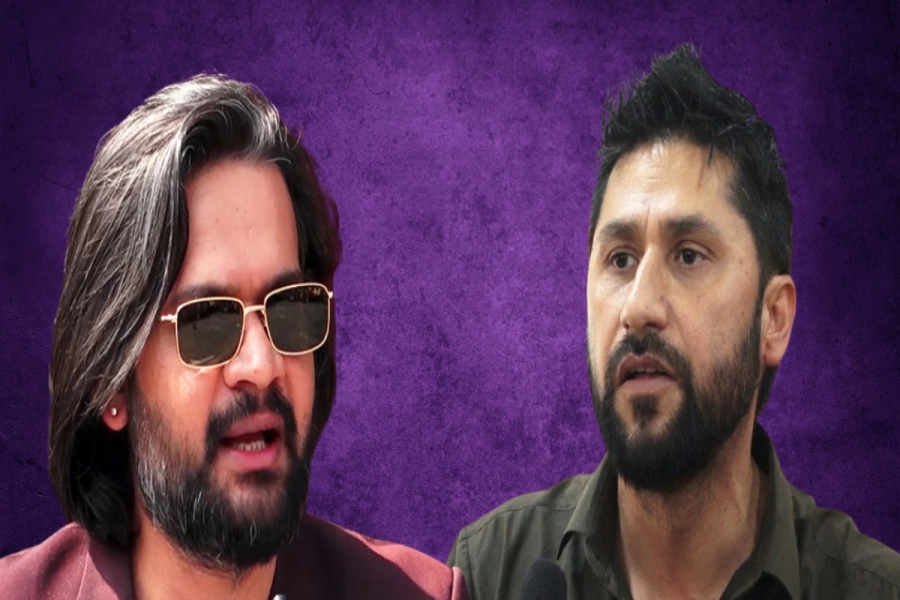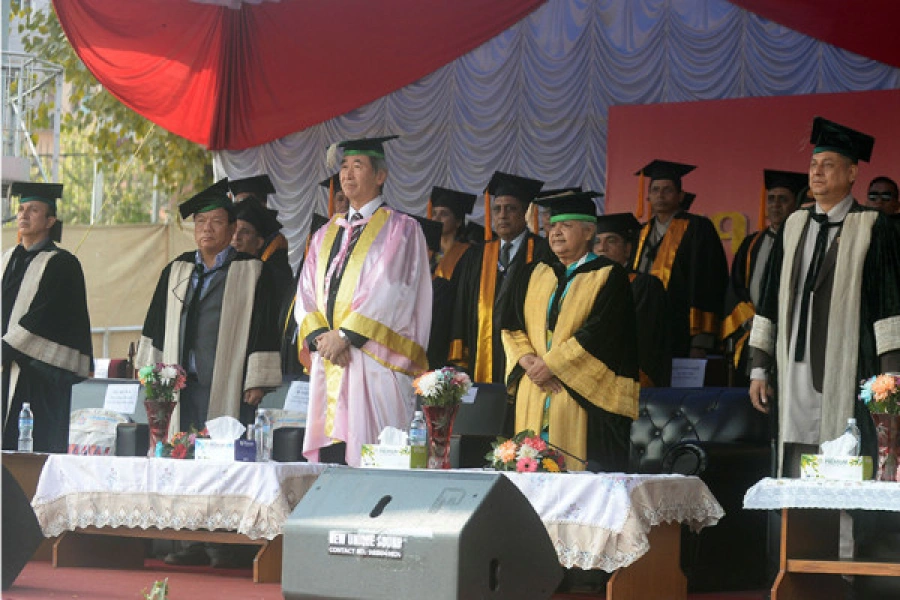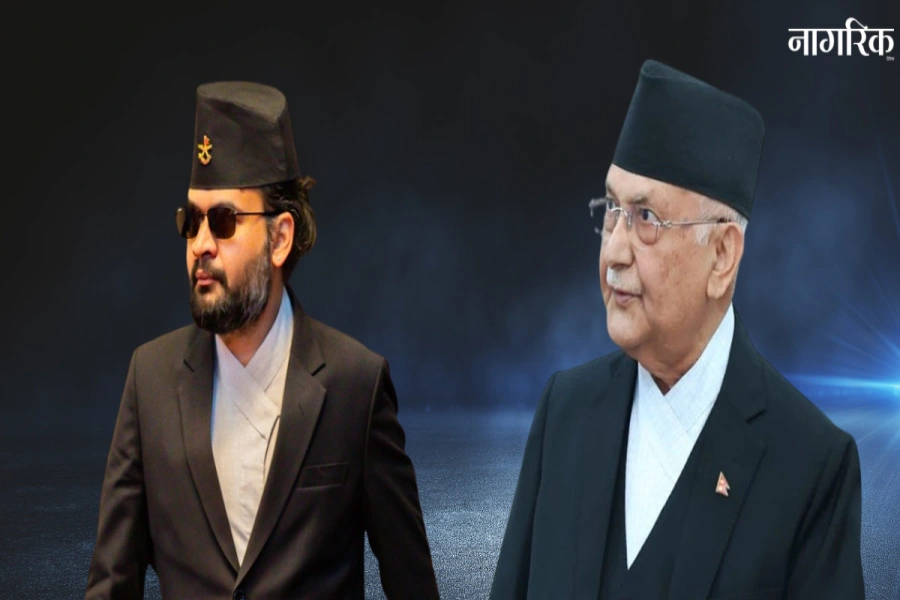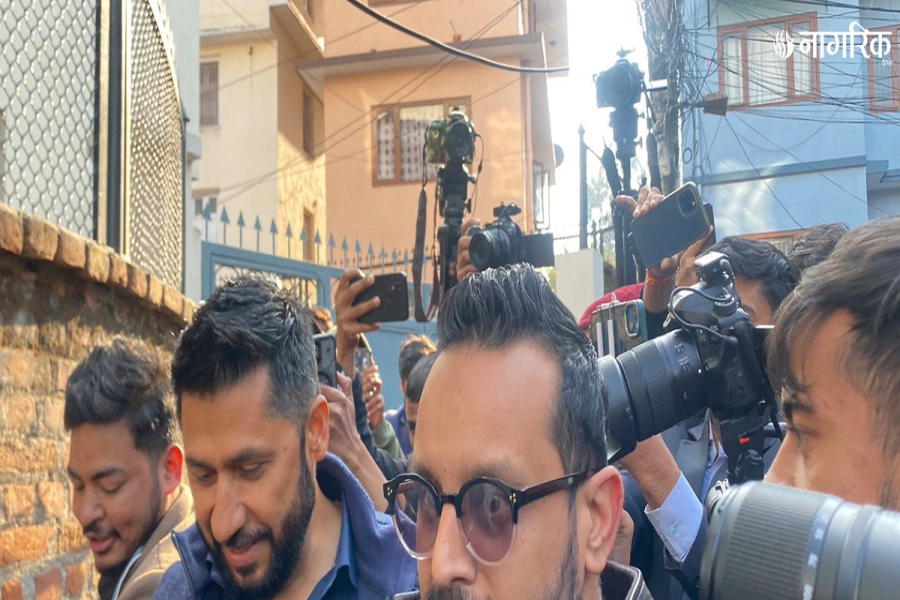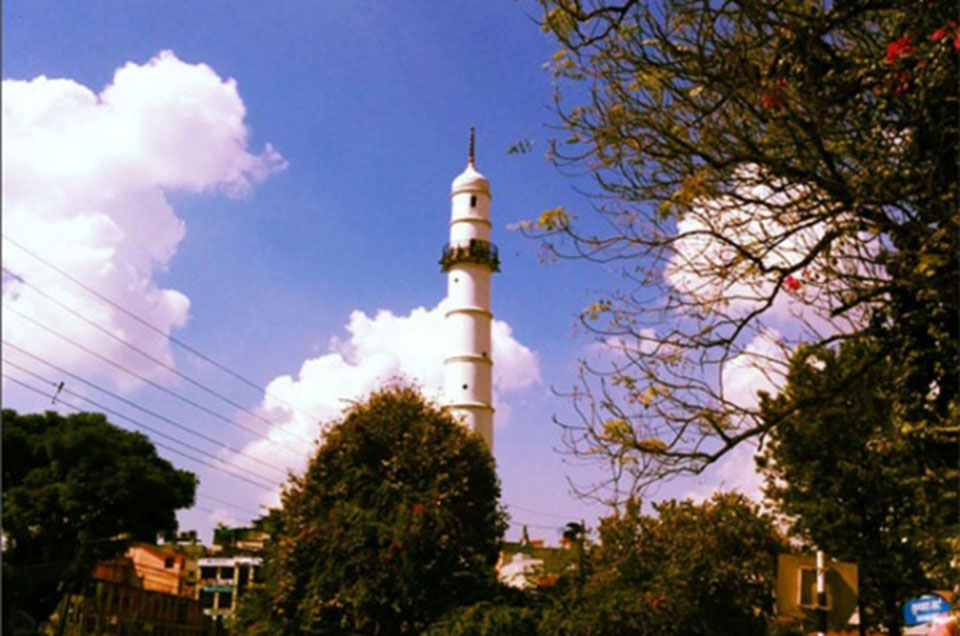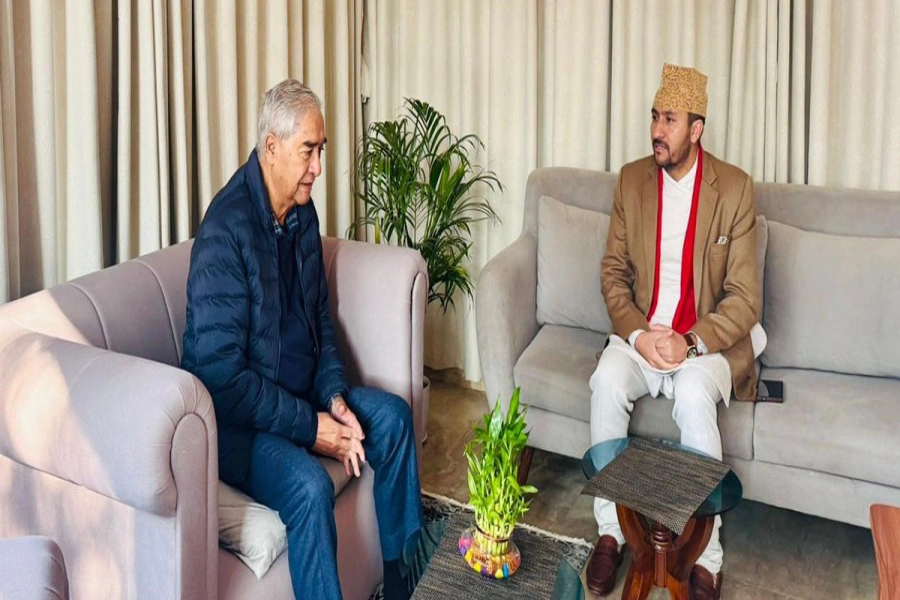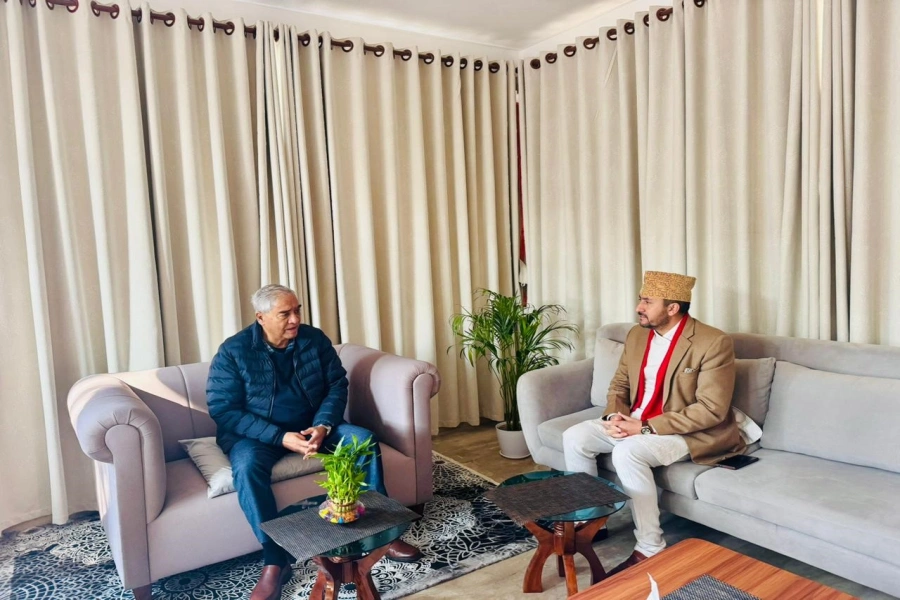Nepal needs engineers who know how to communicate, not just with policymakers and other experts but with villagers
As Nepal rebuilds after the two 2015 earthquakes, engineers are playing a bigger role in Nepali villages than ever before. Hundreds of thousands of Nepali families are rebuilding their homes and, to get government funding, each and every one of them needs an engineer to approve their projects. But house rebuilding is far more complicated than it might seem. A home—whether an urban or village home—is far more than just four walls and a roof. It’s a social, economic, and religious center—a place where families eat, talk, work, and worship. Memories mix with the mud walls.
In other words, rebuilding homes—much less whole communities—is far more than just a technical problem.
Last Thursday Bishu Pandey, an engineer who used to work at the National Society for Earthquake Technology (NSET) who now teaches at British Columbia Institute of Technology in Vancouver, Canada, gave an important talk at Social Science Baha on engineers and earthquake reconstruction. It was called “Disasters, Development, and Building Codes.” Pandey stressed that earthquakes and floods and other disasters are not just technical problems. There’s always a mix of technical and social issues. Homes are far more than just buildings.
He stressed the need for multi-disciplinary solutions. “Since disaster-induced problems emanate not only from the physical world, solutions also lie on careful consideration of the political, social, cultural and economic spheres,” he said.
What Nepal needs
Panday also called attention to training for engineers. Nepal is not, he suggested, training the engineers it needs. Nepal needs engineers to learn to think broadly, to see the non-technical aspects of problems. They need to study history, environmental science, economics, sociology, even literature.
Second International Conference on Earthquake Engineering and P...

Even more important, Nepal needs engineers who know how to communicate, not just with policymakers and other experts but with villagers. Communicate “with” not just communicate “to.” They need to know not only how to speak but also how to listen.
Unfortunately, Nepal produces many engineers who know only math problems. They study only the technical side of things, and, indeed, only a small slice of that. They rarely study or read beyond their major. Their courses emphasize problems that can be easily taught and tested, not the messier problems of real life.
On top of this, the “unofficial curriculum” of many technical programs teaches students that they are superior to students of other disciplines. Worse, it teaches that they don’t need to listen to ordinary people—urban homeowners or villagers—because they are “superstitious” or “backwards” or “unaware” or “undeveloped.”
Of course, there are some programs and individuals who have broken from this mold. But they are rare.
Other Models
There are other ways to teach engineers and technical experts. For the last 10 years, before coming to Nepal to run the Fulbright program, I taught at a well-known American engineering campus (although I’m not an engineer). The university has a reputation for training engineers with real life skills—the kind of skills Bishnu Pandey was saying Nepal needed.
It did this in two ways. First, it required students to take courses in the social sciences and humanities. Not just one or two courses, but a whole series. They had to read, and write, and do research in political science and history and other disciplines. They had to focus on the whole breath of human existence.
Second, it required students—as one of the three main requirements to graduate—to do a “technology and society” project. In most of its courses, the university stressed a “project-based” curriculum.
For this “technology and society” project, each and every student had to immerse themselves in some sort of real-life problem, often by working for the local government or a community organization. This was not just an “academic” exercise made up for the classroom. The engineering students worked off campus with real people to address real problems.
The point was not just to devise quick technological fixes. The point was to learn how technology was embedded in a larger socio-economic-ecological web. That meant learning how technology created unintended and very destructive consequences, and how, in society and nature, one thing was linked to a hundred other things.
Communication was a huge part of these projects. Students had to work in multi-disciplinary teams. They regularly met with project sponsors and community people—the people directly affected by the project. They wrote and re-wrote a lot, and for a variety of different audiences. Reflecting through writing often led our students to see their previously unrecognized assumptions.
One of the points I always had to stress was “Show me how this affects people.” Explain how these people are thinking about the situation—and why for them it’s not just a technical problem.
At the end of a project, I would ask my engineers for lessons learned that could be applied on to any project. Here are some of the answers: “One size doesn’t fit all.” “Watch out for translation.” “Interview more than one person.” “Think about 10 years in the future, but also learn about 10 years in the past.” “Plan for all the seasons of the year.”
This broader kind of technical training is spreading among US universities and internationally. My university worked with universities in Thailand and in Indian Institutes of Technology (IIT) to develop similar models for their engineering and other technical students. Students at these universities now do “technology and society” projects off campus in local communities.
Not long ago, a Nepali student asked me about her application to an American graduate school in a technical field. We were talking about her statement of purpose and personal essay. “Should I mention somewhere that I really like literature and have taken courses?” I responded without hesitating: “Absolutely. They want engineers who understand people and can think broadly.”
The author is an environmental historian and the Executive Director of the Fulbright-Nepal office in Gyaneshwor. His views are his own and don’t reflect
Fulbright program policy




